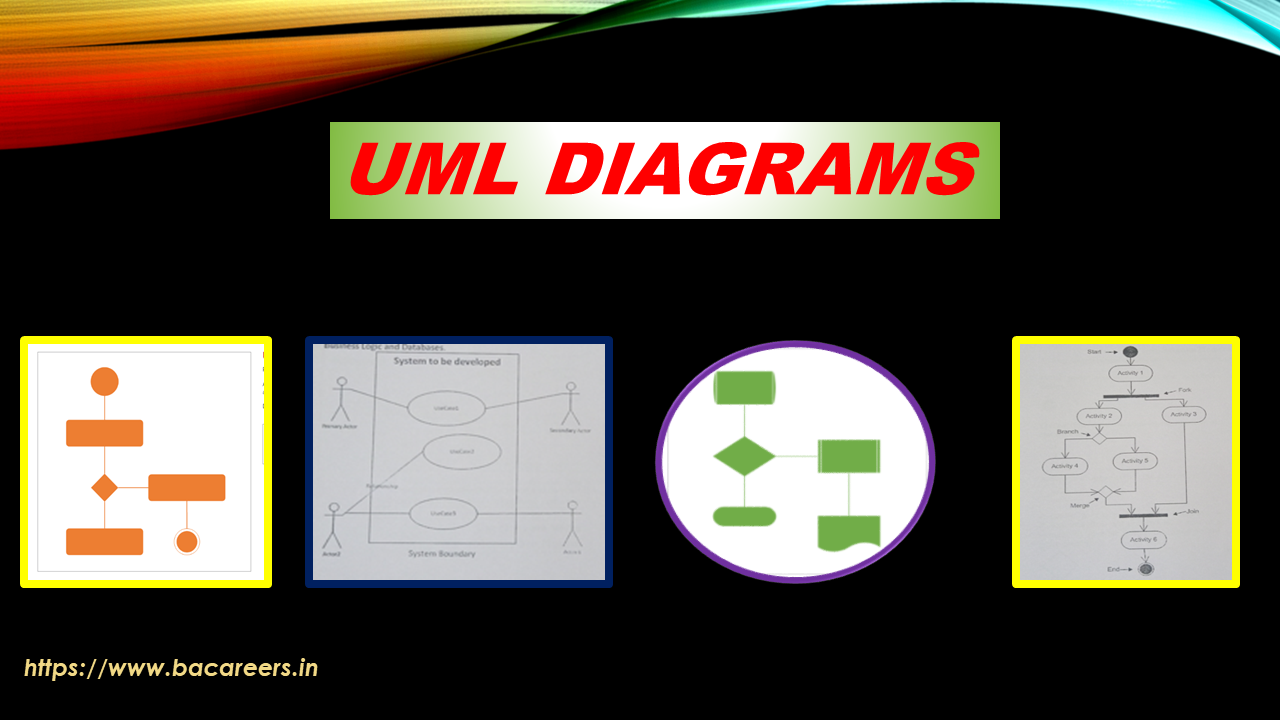What is uat testing in software development?
What is uat testing, this is very common question for the people who are not into IT sector or field, let us discuss in detail here what is uat testing and what are the advantages by doing uat testing and who will do the uat testing ?
Topics Covered
What is uat testing in software development ?
What are the advantages of uat testing ?
Who will do the uat testing ?
Why we need to do UAT testing in software development?
1. Unit Testing
Unit testing is a method of testing that involves writing test cases that exercise individual units (i.e., classes, methods, functions) of code. These tests are written before the application is released to ensure that each unit works correctly.
Unit testing is a type of test that verifies if each unit of code works correctly. This can be done by writing tests before coding, but this method is not always feasible. There are other ways to perform unit testing, including using mock objects, stubs, and mocks. Mock objects are used to simulate real-world conditions while stubs and mocks are used to verify expected behavior.
2. Integration Testing
Integration testing is used to verify that different components work together properly. This type of testing is often done at the end of a project.
Integration testing is a form of testing that checks how well different units work together. This means that integration testing verifies if the output from one piece of code matches what was expected. Integration testing is often performed after unit testing has been completed.
3. Acceptance Testing
Acceptance testing is performed after the product has been delivered to determine if it meets the requirements specified by the customer.
Acceptance testing is the final stage of testing where the product is tested against its specifications. This includes verifying that the product meets the requirements set forth by the customer.
Who will do the UAT in software development?
1. QA
Quality assurance (QA) is the practice of ensuring that products are free from defects before they reach customers. In other words, quality control ensures that the product meets its specifications. Quality assurance professionals ensure that the product meets the customer’s expectations and requirements. They test the product to make sure that it performs as expected. This includes testing the product at various stages of production, including design, manufacturing, packaging, shipping, installation, maintenance, and end-of-life disposal.
2. Software Testing
Software testing is the process of evaluating whether a computer program works correctly. It involves checking the functionality of the program and verifying that it operates according to specification. A tester may use automated tools to verify the correctness of the code or manually execute tests. Manual testing can be done either by using a black box approach where the tester has no knowledge about the inner workings of the system being tested, or by using a white box approach where the testers have access to the source code.
3. User Acceptance Testing
User acceptance testing (UAT) is a type of software testing that verifies if the user interface of a web application or mobile app is easy to understand and navigate. It helps identify any usability issues and bugs in the UI/UX of the application.
what are the advantages by doing the UAT in software development?
1. You can test your code before deploying it to production environment.
2. You can use different testing environments (e.g., local, cloud) to test your code.
3. You can run tests at any time without worrying about the cost.
4. You can run tests continuously.
5. You can easily debug your code.
6. You can get immediate feedback from the results.
Why we need to do UAT testing in software development?
1. To ensure that your product meets customer expectations
2. To avoid wasting time and money on rework
3. To reduce the risk of introducing bugs into production
4. To improve quality control
5. To increase productivity
6. To provide feedback to developers
I hope it helps you to understand what is uat testing in software development life cycle
FAQ’S
How is UAT testing done?
How to Conduct User Acceptance Testing: Process Stages, Deliverables, and End-User Testing Place in Quality Assurance
- Analyze product requirements and define key deliverables. …
- Choose the time and form of end-user testing. …
- Recruit users and form UAT team.
- Implement end-user testing tools and onboard testers
What is UAT testing and types?
User Acceptance Testing (UAT) is a type of testing performed by the end user or the client to verify/accept the software system before moving the software application to the production environment. UAT is done in the final phase of testing after functional, integration and system testing is done
What is the purpose of UAT testing?
The goal of User Acceptance Testing is to assess if the system can support day-to-day business and user scenarios and ensure the system is sufficient and correct for business usage.
What is the difference between testing and UAT?
In general, testing is done by both testers and developers. Each of them follows its own pattern to test an application. System Integration Testing or SIT is done by testers whereas User Acceptance Testing, commonly known as UAT is done lastly by the end-users.
Who writes UAT test cases?
Options for who does it might include: The users and product owners alone, perhaps with some training from specialists testers or business analysts. The users and product owners with the support of some combination of testers, business analysts, or others.
What are the 4 types of acceptance testing?
Types of acceptance testing include:
- Alpha & Beta Testing.
- Contract Acceptance Testing.
- Regulation Acceptance Testing.
- Operational Acceptance testing.
What's the difference between QA and UAT?
The major difference between both of these is the fact that quality assurance ensures that the software is error-free, whereas user acceptance testing ensures that the software is giving the users just the experience and usability that they were looking for.
What is the difference between UAT and functional testing?
User Acceptance Tests consist of a set of test steps, which verify if specific requirements are working for the user. Functional testing, on the other hand, tests specific requirements and specifications of the software.
Who is involved in UAT?
Description: As the name suggests, UAT is conducted on a product by the end users of the product for approval for production release. It collaborates with various stakeholders – project sponsors, business owners, business analysts, development and testing team.
Which comes first QA or UAT?
After QA, UAT is usually the final testing process prior to code deployment. The software development organization delivers the product to its client, which performs its own assessment of the work. Client testers perform a UAT process to determine if the system, as tested, satisfies business needs
Is UAT done by QA?
Yes and no. During the UAT, actual software users test the software to make sure it can handle required tasks in real-world scenarios, according to specifications. QA testing is there to ensure the prevention of problems before the “completed” web product is sent out for User Acceptance Testing (UAT).
Is UAT part of change management?
UAT is an opportunity to improve change management by capturing input, advice, and approval of the people who will use the software. When we roll out the methodology for a project, we encourage you to employ a good collaboration platform to communicate the plans and progress to the entire organization.
What are UAT risks?
Risk: the users are too busy for UAT – or start too late in the process. Mitigation: communicate with the user as much as possible, and – if you can – do a test run together. Make sure that the users or their representatives report on the progress (automated if possible).
What is UAT testing in agile?
UAT, or user acceptance testing, is the final stage in the software testing process. It is typically performed by the end-users or client to determine whether an application or feature fulfills its purpose. UAT must be completed before the software can be released to the market.
How do I run a successful UAT?
7 Tips To Conducting Great UAT
- Set clear expectations. Set clear expectations around the desired outcome for UAT. …
- UAT should occur early and often. …
- Find relevant test participants. …
- Prepare test assignments. …
- Don’t focus on finding defects. …
- Clarify all findings. …
- Communicate feedback.
Who runs UAT?
For many, UAT belongs in the hands of business analysts and corresponding business owners. These individuals collaborate to create the test plans and test cases and then determine how to implement and track their progress, all the while integrating the skills of technical experts and a quality assurance team

Business Analyst , Functional Consultant, Provide Training on Business Analysis and SDLC Methodologies.






